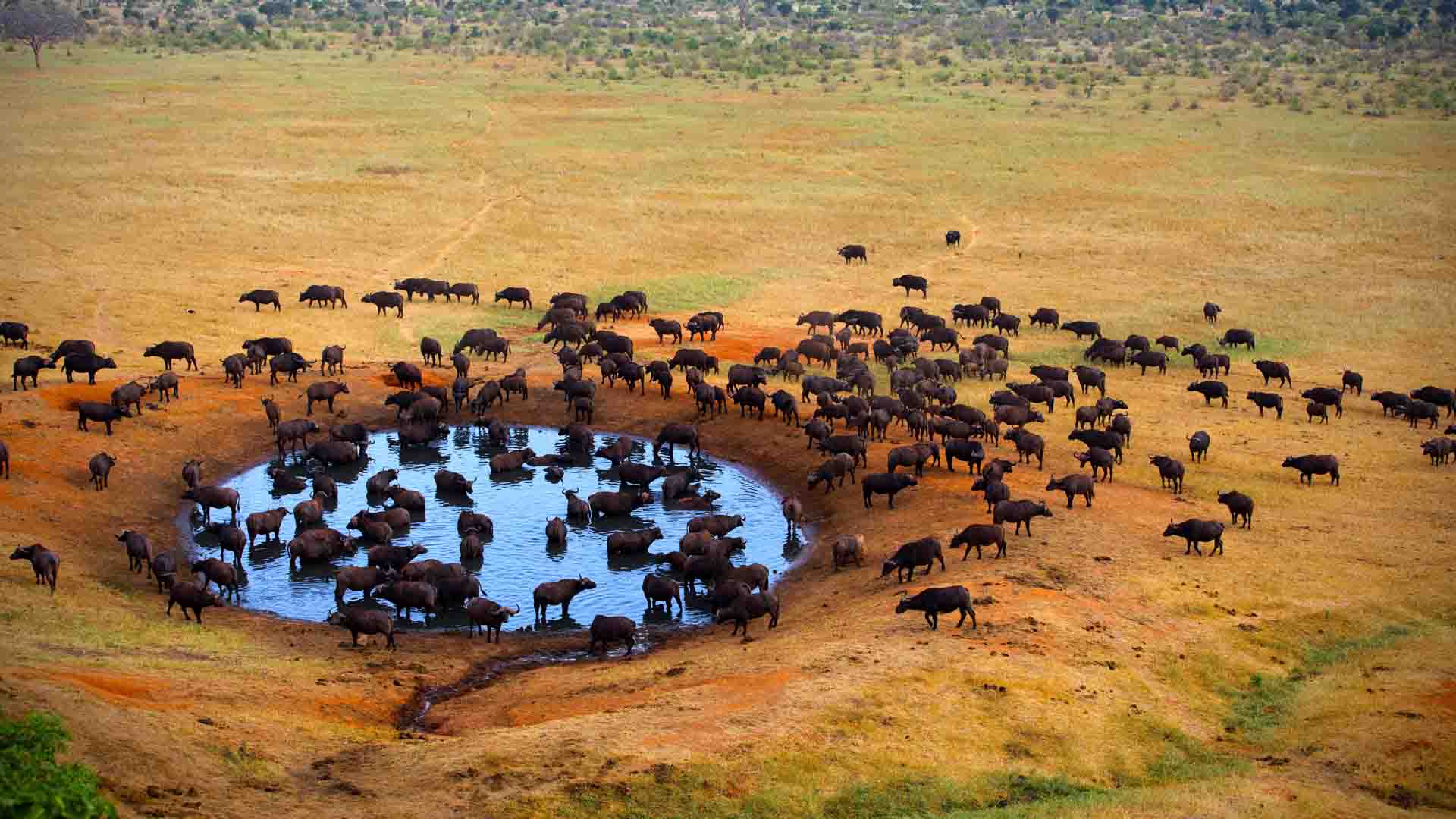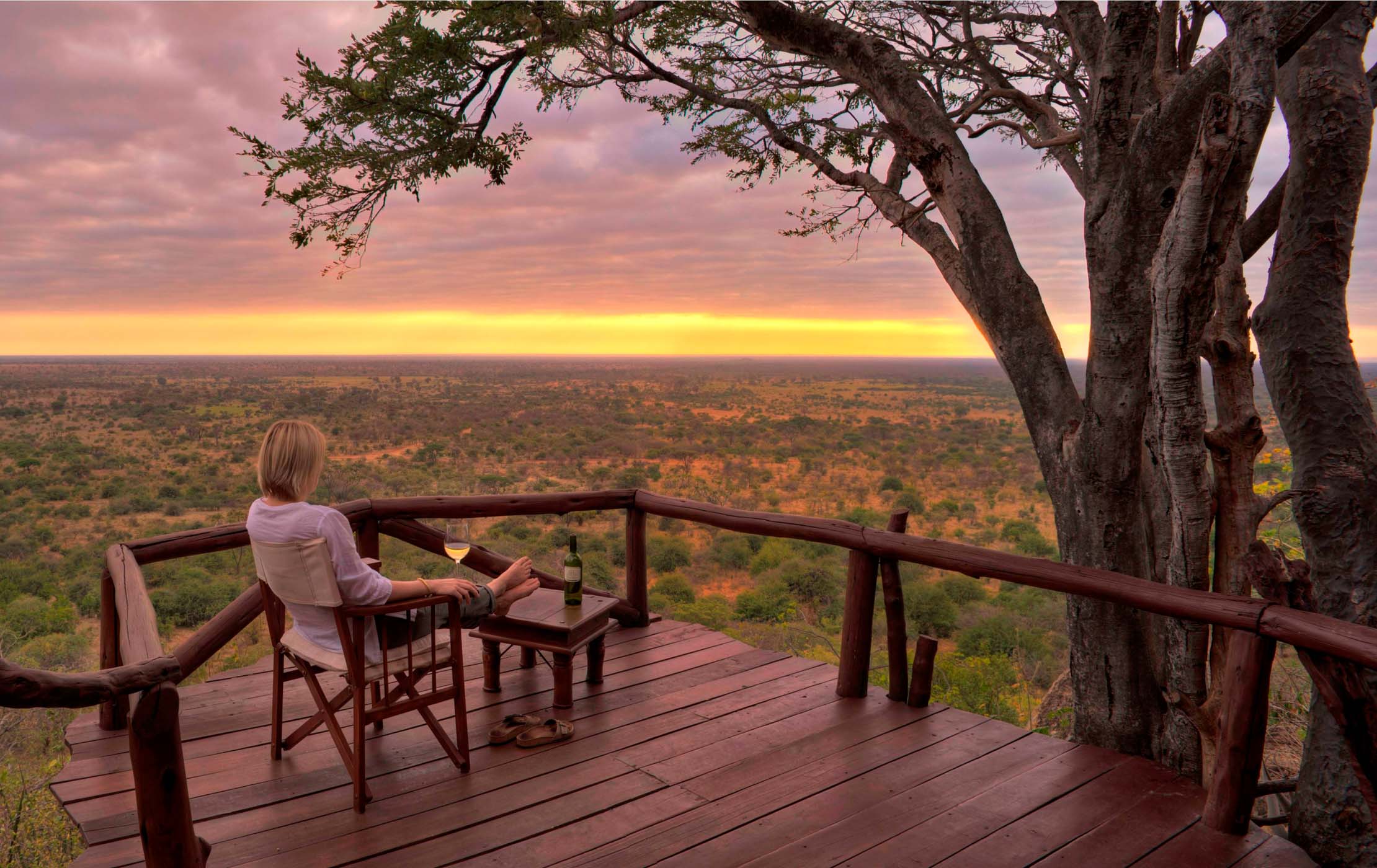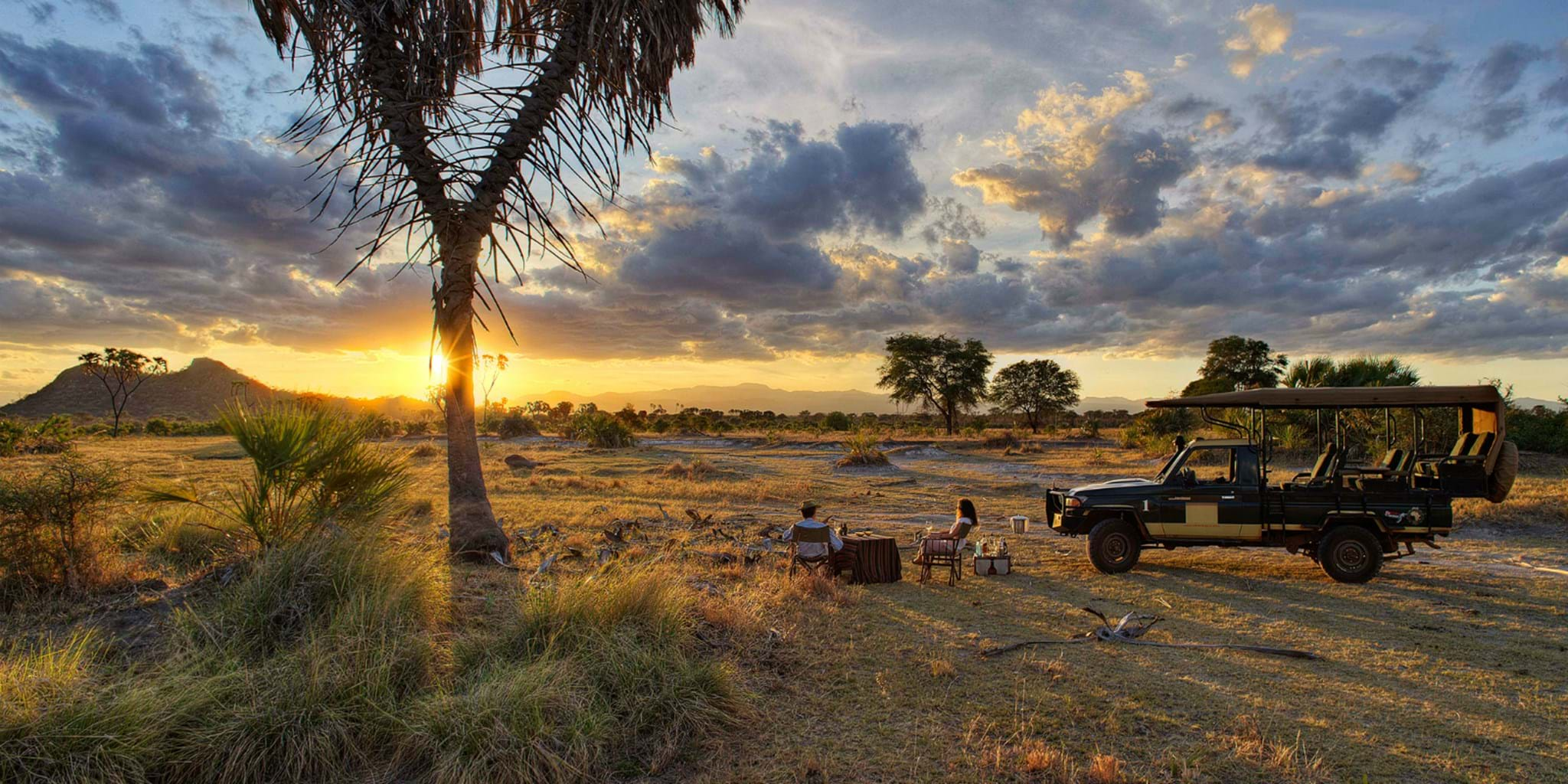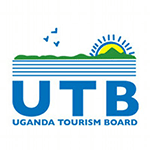Meru National Park Kenya
Meru national park is among the most famous national parks in Kenya and one of the most promising tourist destinations in East Africa situated in the East of Meru which is 350km from Nairobi and it bestrides the equator. Meru national park was founded in 1966, it is governed by Kenya Wildlife Services and it covers an area of approximately 870 km2.
This park receives abundant rainfall which is 635-762mm in the western part of the park and 305-356mm in the eastern part of the park which has led to the growth of tall grass and lush swamps. Meru national park was one of the two protected conservation areas in which two animal conservationists known as George Adamson and Joy Adamson raised Elsa the Lioness which became famous in the best-selling book and award-winning movie called ‘’Born Free’’ and ‘’Living Free’’. Following the death of Elsa the Lioness, her remains were buried in this part next to Adamson falls where Tana River is found and Joy’s ashes were scattered on her grave site.

The park is home to a variety of wild animals whose numbers have steadily increased over time after driving out the poachers and strengthening the security system within and around the park. Some of the wildlife found in this park include African bush elephants, African leopards, lions, cheetahs, eastern black rhinos and southern white rhinos, Grevy zebras, hippos, and many more.
How to get to Meru National Park
Meru national park can easily be accessed by road and air transport however road transport is the cheapest whereas air transport is the quickest but most expensive.
By Road
From Nairobi, Meru national park can be easily accessed from the Nyeri-Nanyuki route which is approximately 348km away from Nairobi.
The park can as well be accessed along Mount Kenya ring road via Embu-Meru road to Ura gate is approximately 290km away from Nairobi.
While in Maua, the park can be accessed from Murera gate which is 35km
By Air
There are scheduled domestic flights used by tourists to fly from Wilson International Airport to Mulika Lodge Airport which is the main Airstrip at Kina, Elsa’s Kopje airstrip, and Nanyuki airstrip. These scheduled charter flights include Safari Link, Air Kenya, and Mombasa Air which can be easily booked by a tour operator. From Wilson International Airport, it takes approximately 35 minutes to get to Meru National park.
Gates of Meru National Park.
Meru National park has 2 official gates which act as points of entry and exit to the park which can be easily accessed by road or air at any of the above-mentioned airstrips. Below are the gates of Meru National park.
Murera Gate
Murera gate is the main gate of Meru National park. This gate is strategically situated in the North Western part of the park which can be easily accessed from the east of the town of Maua which is a short drive to get to the park. This gate is near Murera River, the equator and several accommodation cottages. Murera gate is the most frequently used point of entry and exit to Meru national park.
Ura Gate
Ura gate is one of the official points of entry and exit to Meru national park which is situated in the southwestern part of the park and it can easily be accessed along Mount Kenya ring road via Embu-Meru road. There are offices of Kenya Wildlife services that are used by tourists who pay for access upon arrival at the park.
However, Meru national park can as well be accessed using the Bisanadi gate found in the northeast of the park this gate acts as a border between Meru national park and the Bisanadi national reserve.
Attractions in Meru National Park
Despite the fact that Meru national park is one of the least visited national parks in Kenya, it is an unspoiled wilderness and exceptionally beautiful, crisscrossed by several rivers, scenery, a vast number of wildlife, birdlife, and much more.
Scenery
Meru National park has a unique distinctive scenery including a clear view of Mount Kenya which is the second highest peak in Africa at 5,199m, Rivers such as Murera River and River Tana which is the largest waterway in Kenya, prolific jungles, landscape, lush swamps and the fresh evergreen sweeping Khaki grasslands.

Wildlife
Meru National park is not only home to all the notable members of the African big five, but it is also a habitat to a variety of wild animals whose numbers have steadily increased including African bush Elephant, African leopard, Lion, cheetah, eastern black rhinos, and southern white rhinos, Grevy zebras, hippos, hartebeests, puff adders and many more.
Birdlife
Surprisingly, Meru National park is a truly rewarding birding destination in Kenya with over 427 bird species recorded. This park’s ecosystem host a variety of prolific birds and some of the notable birds include the Eastern chanting goshawk, Hartlaub’s bustard, Somali ostrich, Long-tailed fiscal, Yellow-billed duck, crowned crane, doves, woodpeckers, sunbirds, secretary birds and many more.
Adamson Falls
This is a 50-meter-high waterfall found in the southwest of the park near Dover Tasmania. Adamson falls were named after the two eminent wildlife conservationists known as George Adamson and Joy Adamson. While at the falls, you will be astonished by the bubbling water and the magnificent view offering a great photographic opportunity.
Burial site of Elsa the Lioness and Joy Adamson
This is one of the most fascinating attractions in Meru National park. It is the final resting place of the world’s renowned Lioness called Elsa who became famous in the best-selling book and award-winning movies called ‘’Born Free’’ and ‘’Living Free’’ which explains her experience of raising the lion cub. Following the death of Elsa, this as well became the burial site of one of the prominent wildlife conservationists known as Joy Adamson whose ash was scattered on Elsa the Lioness’s grave site.
Former home of Joy and George Adamson
Elsamere Lodge was the former home in which Joy Adamson and George Adamson lived while in Kenya until the death of Joy Adamson in 1980. Elsamere lodge is situated on Moi southwest side road of Lake Naivasha and it was a conservation Centre where Joy Adamson raised Elsa the Lioness.
Tana River
This is one of the longest rivers in Kenya which spans over 1000km, it starts from the hills of Nyambeni down the sloping foothills and splits into small rivers at the end of the Meru national park. River Tana flows along the north-south boundary between Meru and north Kitui and Bisanadi. This river is one of the top spots for birding.
Meru People
This is an ethnic group of Bantu who inhabits the region of Meru on the fertile land of the north and the eastern slopes of Mount Kenya. The Meru people comprise nine sections and are believed to be avid farming Bantu communities. They are as well-known as the Ngaa people who speak the Kimiiru language. There is also pastoralist communities that border the park including the Kamba, Borana, and Orma pastoralists hence offering a great opportunity to tourists who are interested in knowing more about the rich lifestyle of these people.
Activities done while in Meru National Park
Game drive
One of the most thrilling ways of exploring Meru National park’s iconic wildlife is during a game drive which offers a great game viewing experience while in the park, it can be done in the wide open plains as well as gently rolling plains either in the morning, afternoon or during the night. Some of the wildlife species viewed include African bush Elephant, African leopard, Lion, cheetah, eastern black rhinos and southern white rhinos, Grevy zebras, hippos, hartebeests, and puff adders however the big cats viewing sometimes is a hit or a miss due to the park’s tall grass cover and bushland.
Birding
Meru National park is a promising and well-known birder’s paradise that hosts over 427 iconic bird species. Birding is commonly done in the swamps, around River Tana, forests, and open savannahs in the park. Meru National park has a variety of bird species including the Eastern chanting goshawk, Hartlaub’s bustard, Somali ostrich, Long-tailed fiscal, Yellow-billed duck, crowned crane, doves, woodpeckers, sunbirds, secretary birds, and many more.
Cultural Encounter
Cultural encounter is one of the best cultural experiences where by tourists get to know and explore the lifestyle of the Meru people through interacting with them, singing, and dancing. The Meru people are famously known as Ngaa people who speak the Kimiiru language and are predominantly agriculturalists however there are also pastoralist communities that border the park including the Kamba, Borana, and Orma pastoralists hence offering a great opportunity to tourists who are interested in knowing more about the rich lifestyle of these people since they are connected to the park and live around the park.
Nature Walk
Guided nature walk offers an awesome opportunity whereby tourists explore the territory of the local wildlife which offers an insight into African nature, wildlife, and a variety of bird species. During a nature walk, tourists are able to spot a variety of both wild animals and bird species at a close range for a clear view and photography while in Meru national park.
Sundowners
There are daily sundowners in Meru national park which include cool relaxation drinks and snacks while at the small crater of Kilimanjaro which is a small distance from Rhino River camp. Some sundowners are done on Nyambeni hills and this is one of the most unique and amazing activities done in the late evening during dusk.
Fishing
Meru national park is surrounded by several water bodies which offer a great opportunity to go fishing. Fishing is commonly carried out on River Tana and some of the fish caught include Catfish, Tilapia, and Barbel. Fishing on River Tana allows tourists to explore the aquatic animals which inhabit this river.
Accommodations in Meru National Park
Meru National park is a safe protected safari destination with affordable accommodation options ranging from Budget, Mid-range and Luxury depending on a client’s choice and intended expenditure namely;
Elsa’s Kopje, Rhino River Camp, Ikweta Safari Camp, Leopard Rock Lodge, Murera Springs Eco Lodge, Rhino River Lodge, Alba Hotel Meru, West Wind Hotel, Irina Guest House, Kirina Cottages, Stansted Annex Hotel, Meru Slopes Hotel among others.
Best time to visit Meru National Park
Just like others parks, the Dry season is considered the best time to visit Meru National Park and other parks. During the dry season, the best months when wildlife safaris are fun and game viewing is much easier are From June to September which is the best time to view wild animals since they can be observed in big numbers though the park is always open for tourists throughout the year despite the fact that game viewing is always hard during the rainy season which starts from the late November.





